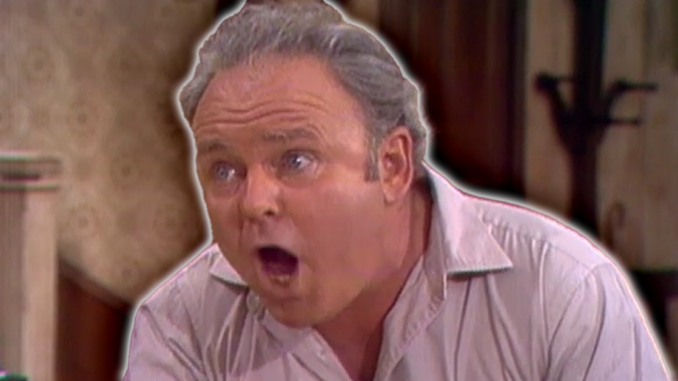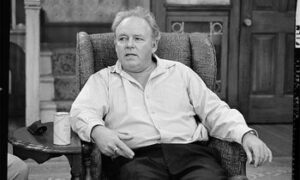
O’Connor cited other inspirations as well in a 1993 interview.
Is imitation truly the sincerest form of flattery?
Pablo Picasso said, “Good artists copy, great artists steal.” You can trace a lineage of fine art in Picasso’s paintings, as he used the Old Masters who preceded him as ingredients for his work. There’s Diego Velázquez in “Guernica” and “L’infante Marie Marguerite.” He pilfered African art for a period, stealing entire traditions and repurposing them for Western audiences. While he was one of the most prominent examples of recontextualizing others’ work, Picasso wasn’t alone.
Einstein, too, spoke regularly about stealing ideas. “The secret to creativity is knowing how to hide your sources,” he said, plagiarizing outright from Friedrich Hasenöhrl. Einstein also borrowed heavily from the ideas of Isaac Newton, who famously wrote “If I have seen further than others, it is by standing upon the shoulders of giants.”

While there’s a long, storied precedent for artists using others’ work for inspiration, it’s still jarring to read the greats admitted to poaching.
Carroll O’Connor was asked in 1993 which of his two most famous characters he preferred playing. At the time, O’Connor was on TV’s In The Heat of the Night, where he played Southern lawman Bill Gillespie. But, like most O’Connor interviews, he was also asked about Archie Bunker, the iconic character he originated on All in the Family. While the Associated Press journalist asked a fairly straightforward “this or that” question, O’Connor’s answer was much more revealing about both the characters and his artistic process.
“Archie was harder to play,” he said. “I imitated a guy I knew in New York and also copied Jackie Gleason, James Cagney, and Wallace Beery. And I never paid any of them back.
“The Southern accent for Gillespie was second nature to me. I’d gone to the South a lot as a kid and the Southern people embraced me. I knew that character was better than Archie.”
